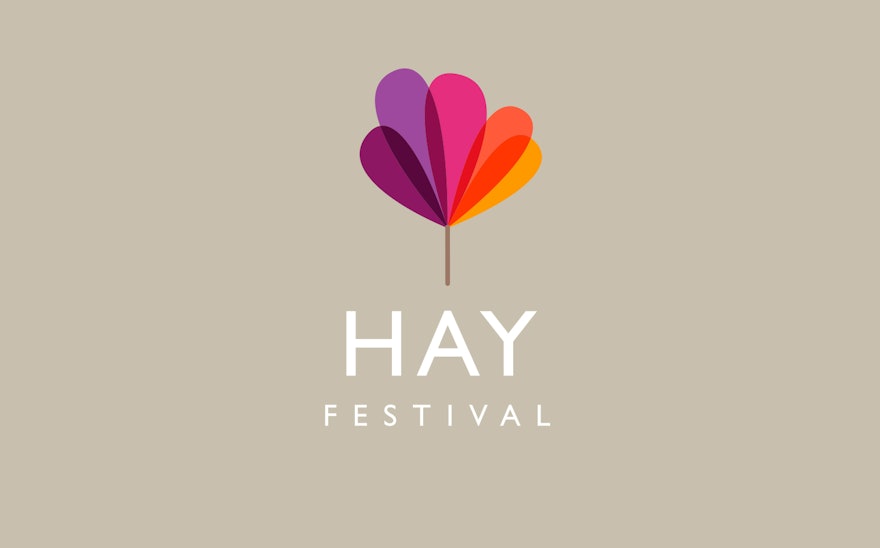Completed in 2019, the National Museum of Qatar is based in the capital city of Doha. It houses a wide range of exhibits, including archaeological and heritage objects, manuscripts, photographs, costumes and jewellery. As well as many artefacts from Bedouin culture, the displays cover topics such as the natural history of the desert and the Persian Gulf, the tribal wars and establishment of the Qatari state, and the discovery of oil.
Constructed on the site of the previous museum, the new building was conceived by architect Jean Nouvel. The striking design is constructed from a series of interlocking discs that create cavities to protect visitors from the intense heat. It’s inspired by the complex form of the desert rose, a flower-like aggregate of mineral crystals that are found across the country’s arid desert regions with ‘petals’ that fan open in radiating clusters.
Architects Atelier Jean Nouvel commissioned Pentagram to create the signage and wayfinding for the interior and exterior of the museum, as well as the museum’s exhibition graphics. It was important that the signage, wayfaring and exhibition design complemented rather than dominated the architecture, and that it was discrete but still able to carry out its primary function of helping visitors navigate easily around the museum.
Inspired by the building’s clean lines and flowing forms, the team chose a combination of two typefaces for the signage and wayfinding. Text always appears in both Arabic and English and is perfectly balanced, with the English text set underneath the Arabic. The English text is set in G-Type’s Chevin Light, and the Arabic text in Corniche Arabic Light, a custom typeface designed especially for the signage system of the museum. The team also created a set of elegant bespoke pictograms designed to complement the typography and further aid navigation.
The interior signage is designed to work across various surfaces and applications including LED projection. The exterior signage is equally restrained, with a series of extended arrows and compass points set directly into the ground and light up at night.

